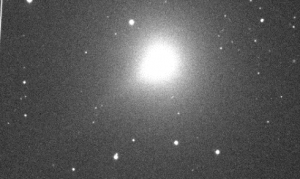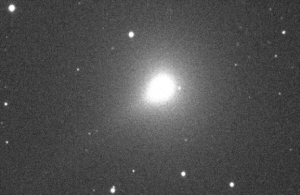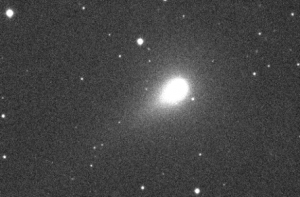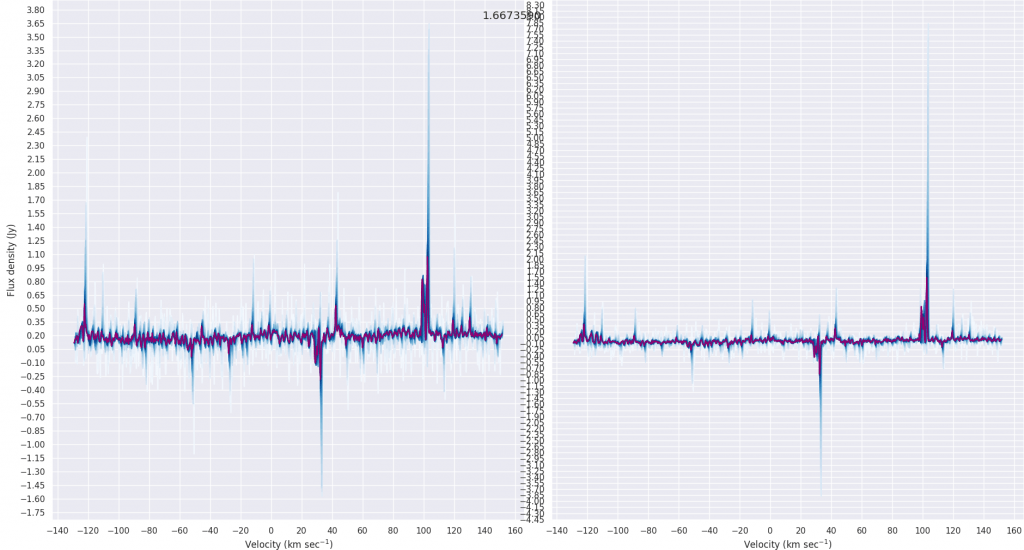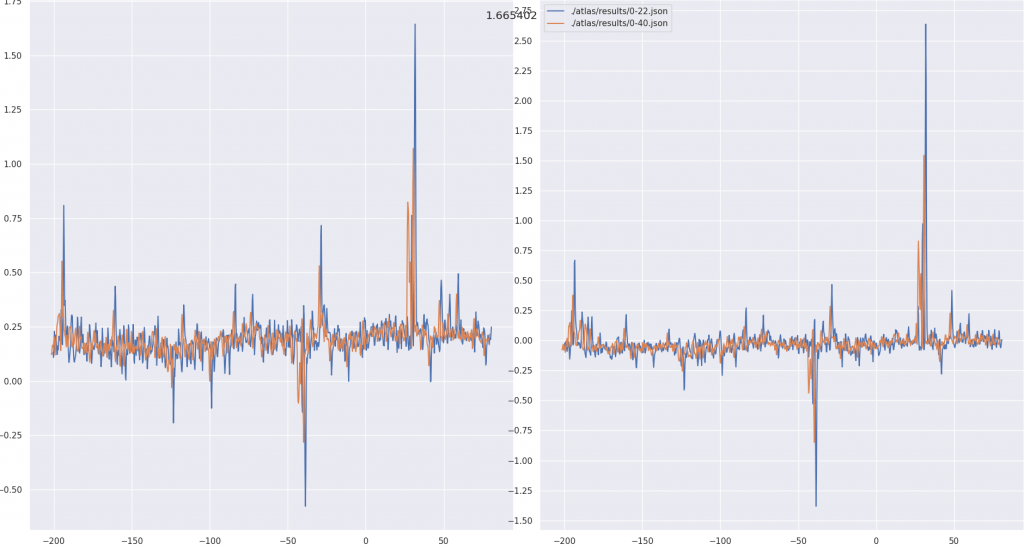This web page is created within BALTICS project funded from the European Union’s Horizon2020 Research and Innovation Programme under grant agreement No.692257.
The half time of the Latvian Council of Science grant project "Complex investigations of the small bodies in the Solar system" has ended
2020. gada 16. aprīlis
The half time of the Latvian Council of Science grant project "Complex Investigations of the small bodies in the Solar system" has ended
Ventspils University of Applied Sciences Engineering Research Institute Ventspils International Radio Astronomy Centre (VUAS ERI VIRAC) in collaboration with University of Latvia Institute of Astronomy (UL IA) developed the Latvian Council of Science grant project "Complex Investigations of the small bodies in the Solar system" half time report on the results obtained in the project within a year and a half has been successfully submitted to the Latvian Council of Science for expert evaluation.
For year and a half an active research of small bodies (asteroids and comets) in the Solar System using modern optical and radio methods, as well as data processing methods has been carried out. During the implementation of the first stage of the project more than 20 new asteroids have been discovered using Baldone Schmidt telescope, as well as calculations of 345705 (2006 VB14) and 6178 (1986 DA) orbital elements were performed based on the results of observational data. Parallel with the research in the optical frequency range, in the first stage of the project improvements were made to the Irbene RT32 radio telescope 1.6GHz receiving system and for the first time in the history of VUAS VIRAC the average noise level in the 1.6GHz frequency band was reduced to 0.25Jy, thus giving an opportunity to observe weak objects, for example to observe comets’ OH masers. Until the half time of the project VUAS VIRAC has made comet orbital models, organized comet (C/2018 We (Africano), C/2017 T2 (PANSTARRS), C/2018 N2 (ASASSN), C/2019 Y4 (ATLAS)) observations in radio frequency band and created weak signal processing complex using calibration algorithms, transforms and wavelet and Fourier transforms. During the implementation of the project comet C/2019 Y4 (ATLAS) was observed simultaneously in both the optical frequency range using Baldone Schmidt telescope and in the radio frequency range using Irbene RT32 radio telescope, within the framework of the project activity "“Simultaneous execution of the observations of the comet-emitted OH maser (using radio telescopes in Irbene) with the observations of the comet luminosity (using Baldone Schmidt telescope)”.
First results of the Atlas comet (left and right circular polarisations). 1.6GHz radio frequency band. Results obtained 19.03.2020 and 20.03.2020 using Irbene RT-32 radio telescope.
The research was carried out within the framework of Latvian Council of Science Fundamental and Applied research project No. lzp-2018/1-0401"Complex Investigations of the small bodies in the Solar system". Project financing: EUR 300 000.00, consisting of VUAS ERI VIRAC financing: EUR 136 500.00.
